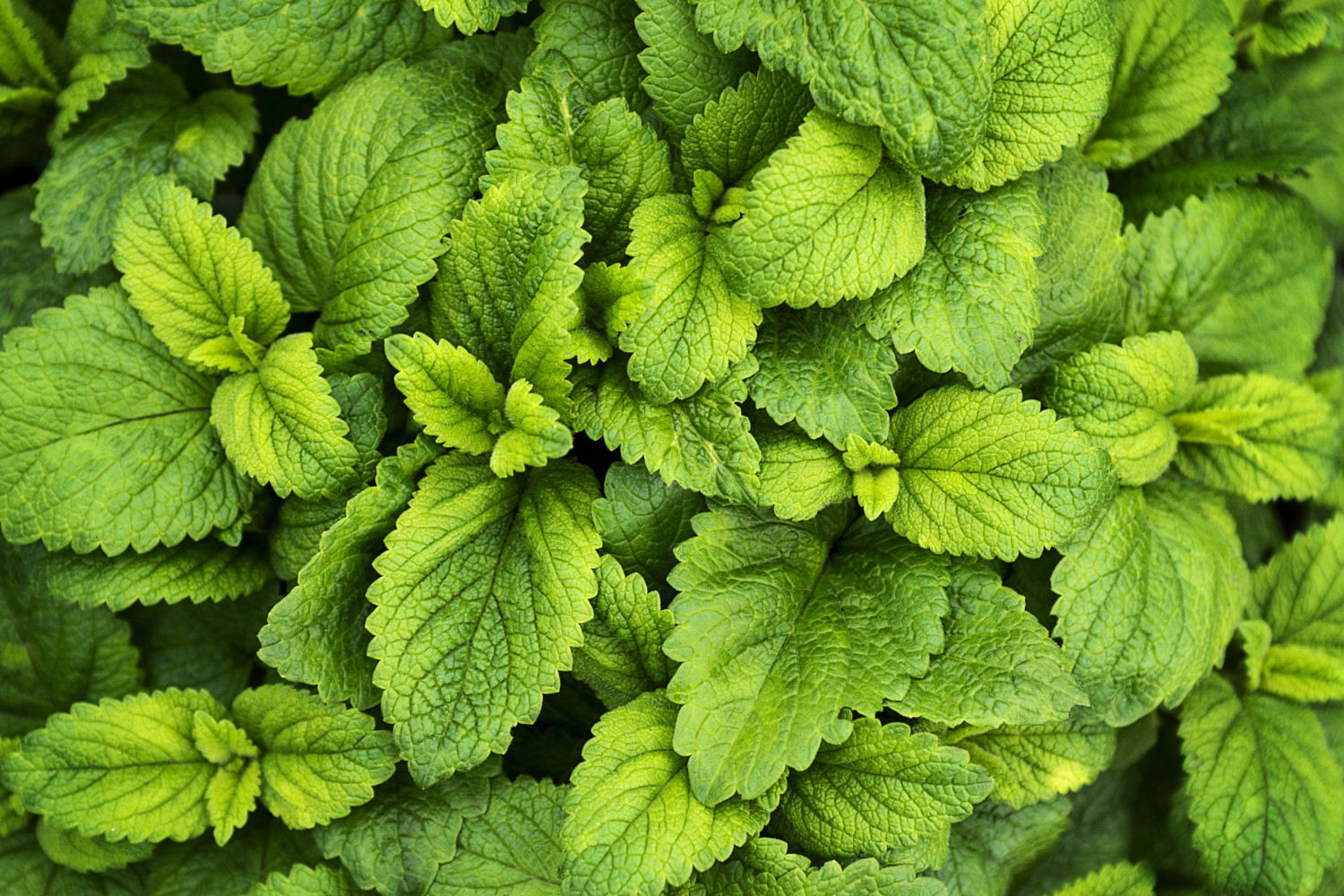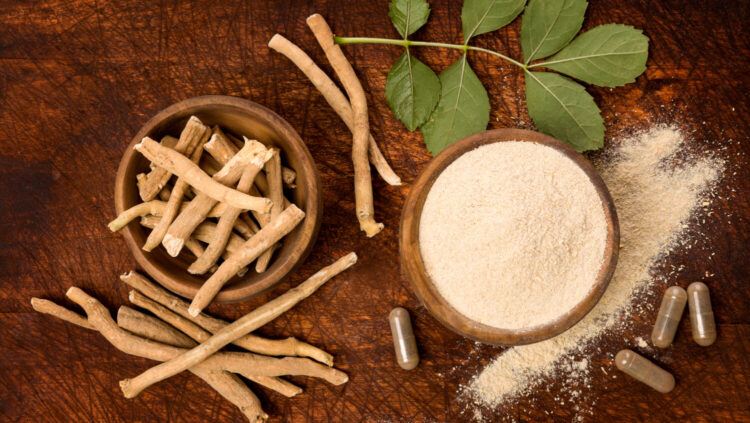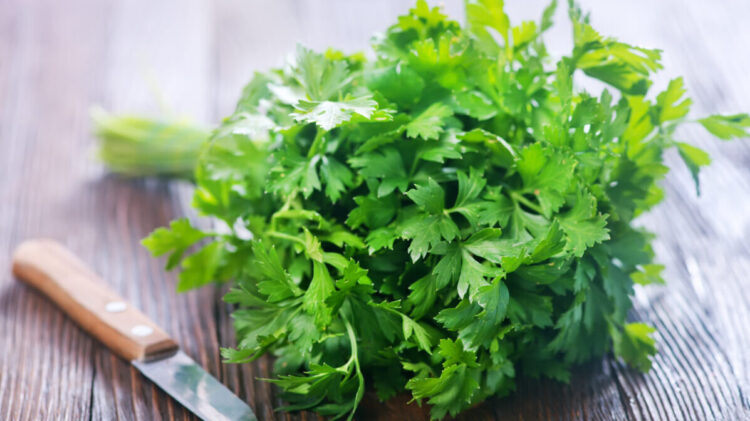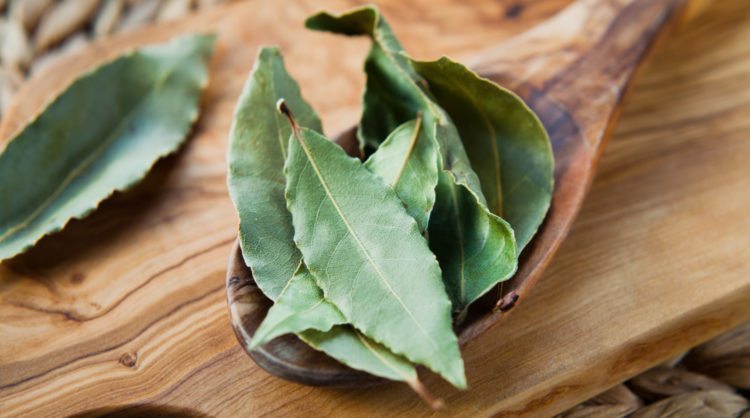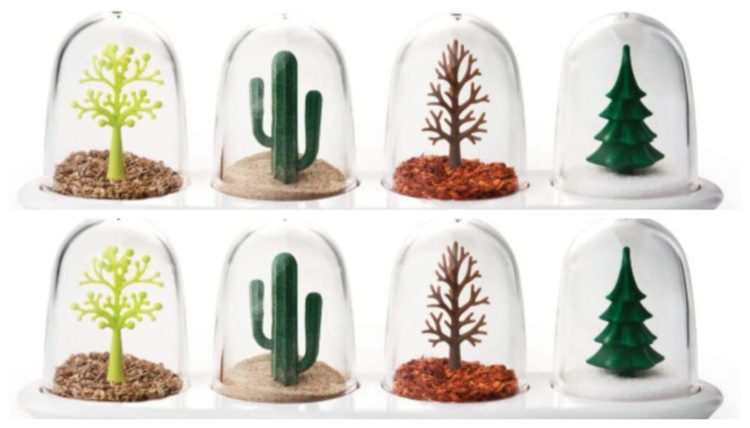How to keep your herbs thriving indoors all winter long
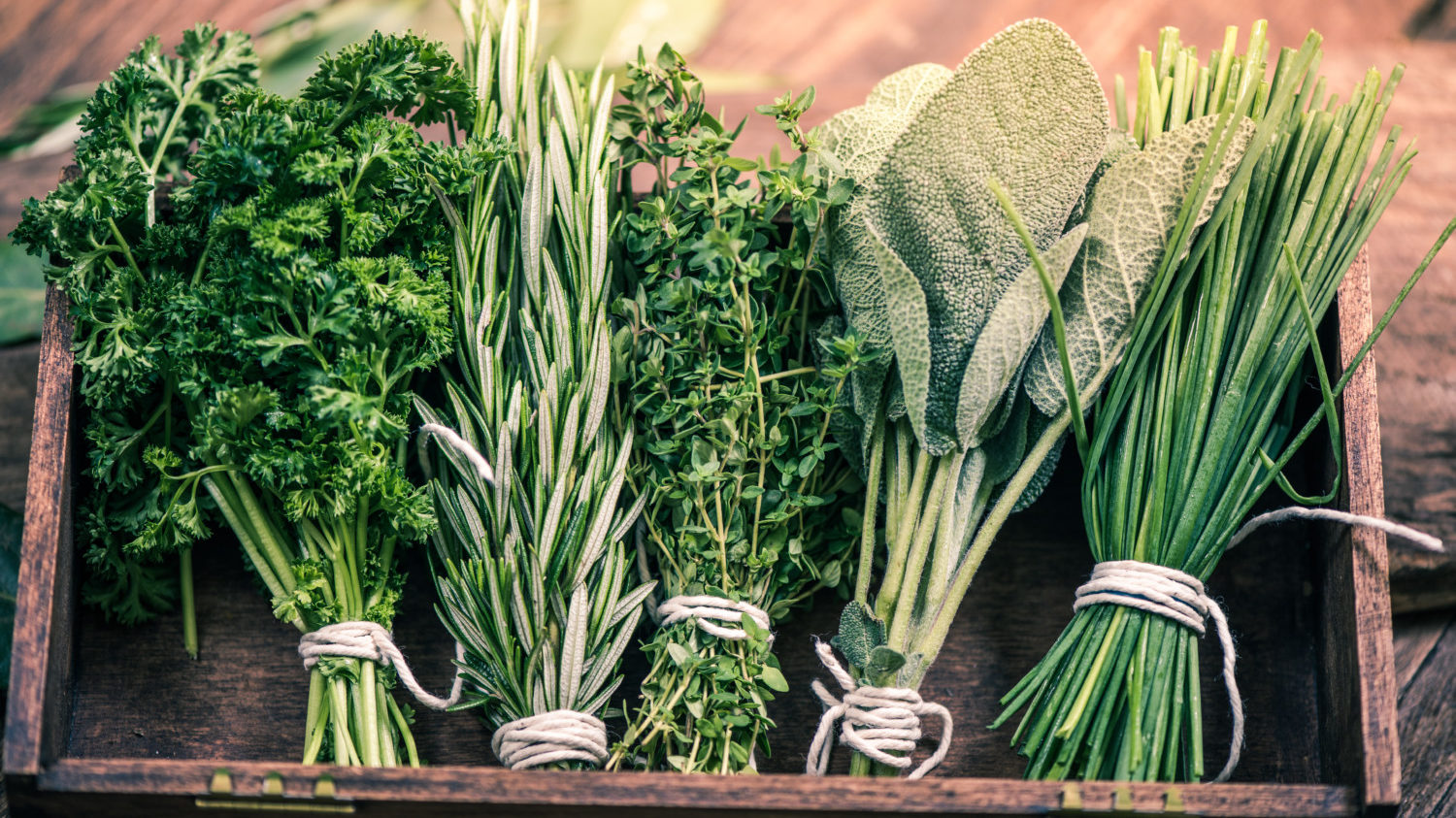
- November 4, 2020 |Last updated on 10/27/2021
When the weather gets colder, those gardens that sprouted up this spring don’t have to end. Many herbs grow well inside during the chillier months of the year and don’t take up much space in your home — and it’s great to have those herbs on hand as you’re cooking to give your recipes a fresh boost throughout the winter.
Fortunately, it’s never too late to start an indoor herb garden. All you need is a sunny window and some small pots.
Which Herbs Grow Well Indoors?
The easiest herbs to move indoors as cold weather sets in are chives, parsley, rosemary, thyme, oregano and mint, according to The Spruce. They’re easy to dig up from your garden and repot inside (except parsley, The Spruce notes, which has a longer taproot and can be finicky about being repotted). If you didn’t have these in your garden, you can also buy herbs from your local nursery to grow inside throughout the winter, too.
Basil can grow indoors as well, but it requires a lot of light and can be challenging to keep alive inside.
You won’t have as much luck with dill or cilantro indoors (no loss with the latter if you ask me!).
Choosing Pots for Growing Herbs Indoors
Since providing enough light is key to a thriving indoor herb garden, plant herbs in smaller pots that will fit on your windowsills. As with all indoor plants, choose pots that drain well to avoid root rot.
Though small pots are helpful for fitting herbs on a windowsill, be careful not to stuff herbs into too small of a pot. You still want to leave room for the roots to grow.
Herbs Need Plenty of Light to Grow Indoors
Once you’ve got your chosen plants inside and potted, make sure you give them enough light to grow. They’ll need around 5-6 hours a day, so a sunny window is the best option. But as the University of Vermont Extension points out, you can also keep your potted herbs in a room with generally good light and move them to direct sunlight for a few hours when you can. Herbs can stay outside during the warmest part of the day if you’re in a more temperate area.
South-facing windows are the best pick, followed by west-facing and then east-facing ones. If you don’t get much direct sunlight, you can also try certain kinds of artificial fluorescent light for your herbs, but these have to be left on for about half the day.
Happy planting!



